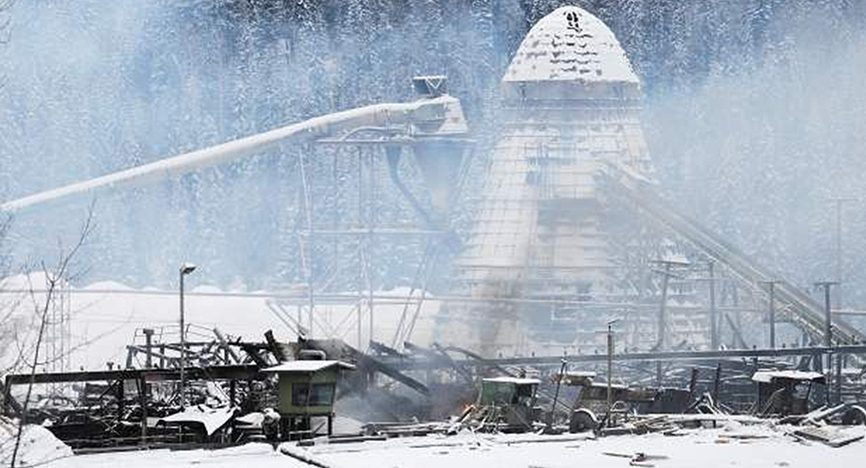With part of the country already digging out from several feet of snow and the rest feeling the effects of an Arctic freeze, it’s a foregone conclusion that winter has arrived before it has officially began. The season not only presents the obvious dangers for travel and your health, but in the world of industrial manufacturing, it raises the risk of combustible dust accidents from occurring as well. The cause? Low humidity levels in the air make it easier for dust to disperse within confined spaces and fuel an explosion.
As Dust In Case detailed last year, investigations by the U.S. Chemical Safety Board found that that seven out of the eight fatal combustible dust explosions between 1995 and 2009 occurred during the colder months when conditions characteristic of the winter season were prevalent. There are several practices every workspace should make habit of during the winter, ranging from providing proper ventilation within the work floor to being cautious of space heaters. When it comes to the dust itself, however, there’s always more that you can do. Here’s five more housekeeping tips to reduce combustible dust risks during the wintertime.
- This one should be obvious if you’ve been reading Dust In Case, but specialized vacuum cleaners are the only way to go when removing dust. Industrial vacuums and dust collectors — especially those with explosion-proof capabilities — are made to carefully handle many types of dust applications as opposed to to your average and underperforming commercial ShopVac. Investing in one could be the difference between having a safe winter season or a costly accident!
- While you’re making sure that your facilities are properly ventilated, vacuum exhaust fans to eliminate dust buildup on the motor and fan blades
- Do not ignore hidden areas that may have dust build-up
- Avoid the use of compressed air at all costs, as it can result in the formation of a dust cloud that can lead to an explosion
- Train employees to be able to recognize and report any combustible dust safety hazards they encounter so that the issue can be remedied before it turns into an accident
Dust accumulations measuring as little as 1/32 of an inch (think the thickness of a dime) can present a clear and present danger of combustible dust, so it’s important that manufacturers take steps to prevent even small amounts of combustible dust from accumulating in their facilities regardless of the time of year. There is never such thing as being too cautious, and by turning the above practices into normal year-round habits, it will make combustible dust housekeeping during the wintertime second nature.


